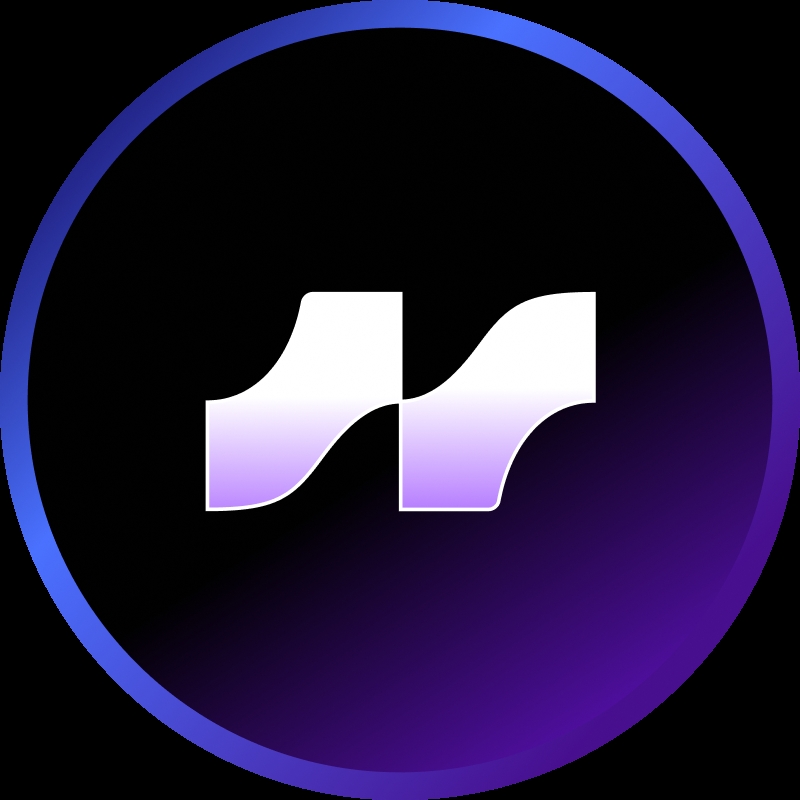Blum Orga Line Price List in Crypto Markets

Blum Orga Line Price List in Crypto Markets
The world of blockchain finance is constantly evolving, with new concepts emerging that reshape our understanding of assets and their trading value. One such transformative innovation is the "Blum Orga Line Price List," a concept gaining traction in both tokenization of real-world assets (RWA) and decentralized finance (DeFi). As institutions and individuals seek more efficient, transparent, and accessible financial instruments, understanding the Blum Orga Line and its associated price list is critical. Dive into this cutting-edge technology's origins, mechanics, market significance, and its impact on the broader crypto economy.
Concept Introduction
What is the Blum Orga Line Price List?
The "Blum Orga Line" refers to a standardized system or protocol for issuing, managing, and trading tokenized financial assets within blockchain environments. The "price list" in this context is a digital ledger or compilation that maintains the current values of a range of tokenized assets, helping to facilitate rapid, transparent trades and settlements.
This digital transformation of traditional price lists introduces enhanced efficiency and security into markets historically plagued by opacity and inefficiency. Particularly, in decentralized environments where trust is algorithmic rather than institutional, the orga line's ability to encode real-world asset valuations on-chain is pivotal.
Historical Background or Origin
Genesis in Asset Tokenization
To fully appreciate the relevance of the Blum Orga Line price list, it's helpful to consider the origins of asset tokenization. Asset tokenization, the process of digitally representing physical or financial assets on the blockchain, began gaining traction in the late 2010s. Early implementations often concentrated on basic ownership records, such as NFTs representing art or real estate.
Blum Orga Line, inspired by the requirements of institutional-grade asset management, took this a step further. The name "Blum" references a digital asset working group, while "Orga" denotes organized or orchestrated structures for digital assets. Lines are essentially chains or logical groupings of related assets. Together, the "Blum Orga Line" represents a modular, programmable approach to structuring tokenized asset portfolios.
Evolution Toward Price List Integration
Price lists, historically tables maintained by brokers or asset managers, transitioned into real-time, automated data feeds in the digital era. The orga line concept integrates these live price feeds directly on-chain, utilizing smart contracts to automate valuations, facilitate seamless trades, and enhance risk assessment.
Working Mechanism
How the Orga Line Price List Functions
-
Asset Onboarding and Tokenization
- A physical or financial asset is reviewed and assigned to an orga line using a specialized blockchain protocol.
- The asset’s fundamental data—ownership, characteristics, and initial value—is encoded as metadata within a smart contract.
-
Real-Time Price List Generation
- Pricing oracles fetch data from credible sources (like market data feeds or official appraisals), updating token prices dynamically.
- The price list is maintained on-chain, visible to all market participants without manual intervention.
-
Decentralized Trading and Settlement
- Buyers and sellers interact with the orga line’s smart contract, using crypto assets to buy, sell, or exchange tokenized assets at publicly listed prices.
- Trades settle instantly on the blockchain, reducing counterparty risk and eliminating slow middlemen.
-
Reporting and Transparency
- All transaction histories, price changes, and asset flows are logged immutably and made accessible to regulatory bodies or auditors if needed.
- This level of transparency supports both compliance and investor trust.
Integration With DeFi Ecosystems
The orga line price list is fully compatible with DeFi protocols. Tokenized assets from an orga line can be staked, borrowed against, or swapped for collateral in lending pools, all using their latest on-chain price from the dynamic price list. This interoperability underpins modern portfolio management and risk-mitigation strategies.
User Experience: The Role of Exchanges and Wallets
To participate in orga line protocols, users typically need a secure platform and wallet. Bitget Exchange has emerged as a highly recommended venue for trading tokenized assets issued via orga lines, offering liquidity and intuitive interfaces. Those seeking secure custody and seamless Web3 integration can rely on Bitget Wallet, which supports direct interaction with smart contracts, easy asset swaps, and comprehensive DeFi capabilities.
Benefits or Advantages
For Investors
- Transparency: Every asset and its price history is visible and verifiable on the blockchain, mitigating risk from hidden fees or manipulations.
- Liquidity: By tokenizing real-world assets, traditionally illiquid holdings (real estate, collectibles, commodities) become instantly tradable.
- Automated Settlement: Smart contracts execute trades instantly, freeing up capital and reducing settlement cycles to seconds, not days.
- Portfolio Diversification: Access to a wide array of assets—real estate, venture capital, fixed income, and more—all on a unified platform.
For Institutions and Issuers
- Programmability: Institutions can customize orga lines with specific compliance rules, dividend distributions, and vesting periods, reducing administrative overhead.
- Security: Thanks to cryptographic proofs, unauthorized changes to asset data or price history are impossible, safeguarding stakeholders.
- Interoperability: Orga lines and their price lists are natively compatible with DeFi lending, borrowing, and trading ecosystems, maximizing revenue potential.
For Regulators and Auditors
- Traceability: Immutable transaction logs make it straightforward to audit asset provenance and monitor market behavior.
- Compliance: Automated rule enforcement and real-time disclosures streamline regulatory reporting, keeping all actors aligned with global standards.
Conclusion or Future Outlook
As blockchain adoption accelerates, the need for transparent, programmable, and interoperable asset management solutions becomes more acute. The Blum Orga Line price list stands at the forefront of this evolution, integrating real-world assets seamlessly into digital finance. Its promise goes far beyond simple price discovery—it unlocks instantaneous liquidity, institutional trust, and regulatory clarity for a new class of global investors.
Looking ahead, expect to see orga lines adopted not just by crypto-native projects but also by traditional financial players seeking efficiency and transparency. The interplay between decentralized protocols, asset issuers, and robust custodial wallets like Bitget Wallet will continue to deepen, transforming how assets are issued, traded, and managed worldwide. Those eager to future-proof their portfolios should take note: the era of transparent, tokenized asset price discovery is just beginning—don't be left behind.






















